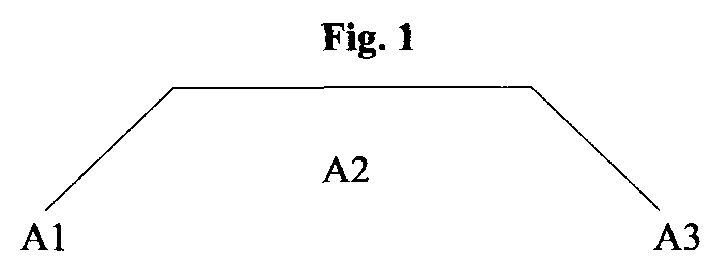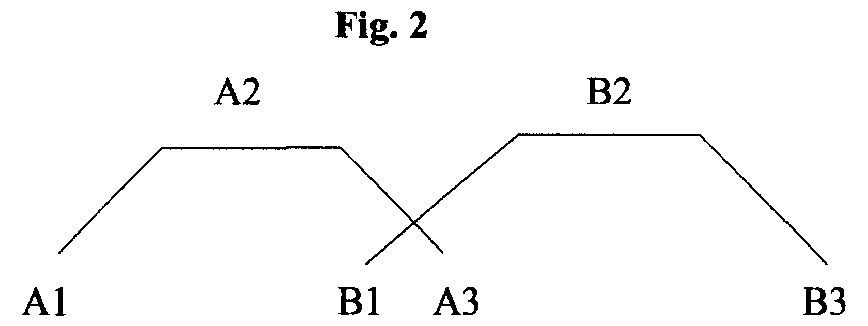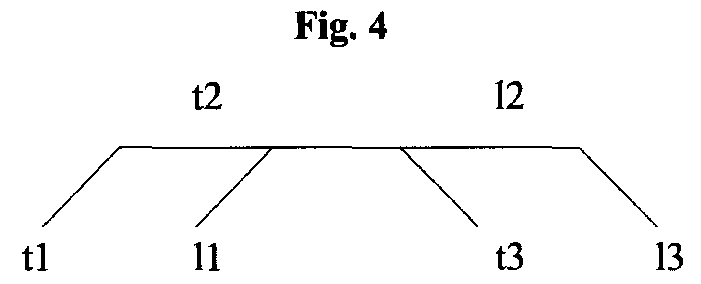
- •2. Phonetics and its branches.
- •3. Phonetics and a speech sound. Human speech and its stages.
- •4. Language and speech.
- •5. The theoretical and practical aspects of Phonetics.
- •The notion of the phoneme. The phoneme and its main aspects.
- •Relationship between the phoneme and its allophones.
- •The main trends in phoneme theory.
- •1.The notion of the phoneme. The phoneme and its allophones.
- •2.Relationship between the phoneme and its allophones.
- •3. The main trends in phoneme theory.
- •1. The three parts of Phonology as corresponding to the three levels of Linguistic analysis.
- •2. The distributional method in phonology
- •3. The semantic method in phonology
- •Lecture 4.
- •2. Paradigmatic and syntagmatic approaches as the principle aspects of phonological system.
- •3. Synchronic, diachronic and socio-linguistic factors in phonological system.
- •The phonetic structure of a language.
- •1) Type of obstruction;
- •2) Place of obstruction and the active organ of speech;
- •3) Force of articulation.
- •4. The position of the soft palate.
- •1. The place of noise.
- •2. The manner of articulation.
- •2. Constrictive;
- •3. Occlusive-constrictive (affricates);
- •4. Rolled;
- •3. The place of articulation.
- •1. Labial;
- •2. Lingual;
- •3. Glottal;
- •3. Differences in the Articulation Bases of English and Russian Consonants and their Peculiarities
- •It is a reference point which is fixed and unchanged, established within the total range of vowel quality to which any other vowel sound can be directly related.
- •2. Classification of English vowels.
- •1. Classification of the vowels according to the position of the tongue.
- •2. Classification of English vowels according to the position of the lips.
- •3. Classification of English vowels according to length.
- •4. Classification of English vowels according to the degree of tenseness.
- •3. Stability of articulation. English diphthongs.
- •Articulatory Transitions
- •Peculiarities of the cc, cv, vc, VV Articulatory Transitions in English and in Russian
- •Unstressed Vocalism
- •Lecture 8 the principle types of english pronunciation. The teaching norm. Rp and ga
- •Diphthongs
- •Lecture 9.
- •2. Types of Syllables.
- •3. Syllable Formation and Syllable Division.
- •Scale of Sonority
- •4. Vocoids and contoids.
- •2. Types of word stress. Factors, kinds and degrees of word stress.
- •Qualitative type of stress is achieved through the changes in the quality of the vowel under stress.
- •Recessive tendency, 2. Rhythmic tendency, 3.Retentive tendency and 4. Semantic factor.
- •3.Rules of word stress. Stress in compounds.
- •Verb noun adjective
- •4. The functional aspect of word stress.
- •5. Strong and weak forms. Degrees of reduction.
- •6 Sentence stress.
- •2. The structural elements of prosody.
- •3. Intonation Patterns.
- •4. Fundamental Intonation Patterns and their Use.
- •2. Extralinguistic situation and its main constituents:
- •3. The problem of classification of phonetic styles.
- •2. Academic style.
- •Publicistic style.
- •4. Informational style.
- •5. Declamatory style.
- •Список вопросов к экзамену/зачету по теоретической фонетике.
- •Задания для самостоятельной работы
- •2. Declamatory style:
- •Plan of phonostylistic analysis.
Articulatory Transitions
In the process of speech, that is in the process of transition from the articulatory
work of one sound to the articulatory work of the neighbouring one, sounds are modified. The adaptation of the articulatory work of the two neighboring sounds may result in assimilation. Assimilation may be not only contact, but also distant when distant sounds are effected. On the phonological level the sounds modified in the process of assimilation are analyzed as positional phonemes.
Present day assimilation can be subdivided into partial and complete. Complete assimilation is similarity of the two sounds, e.g. cupboard [ˈkʌbəd]. In this word the sound [p] is completely assimilated to [b]. Partial assimilation is characterized by partial similarity of one sound to the other. It can be subdivided into a) progressive, b) regressive, c) reciprocal.
Assimilation is progressive when the first of the two sounds affected by assimilation makes the second sound similar to itself, e.g. in desks, pens the sounds [k] and [n] make the plural inflection [s] similar to themselves: voiceless in [desks] and voiced in [penz].
Assimilation is regressive when the assimilated sound precedes the conditioning one, e.g., in the combination in the [n] becomes dental [ð].
Assimilation is reciprocal when both sounds are equally effected by assimilation, e.g., in twice [t] is rounded under the influence of [w] and the latter in its turn becomes partly devoiced under the influence of voiceless [t].
To make the mechanism of articulatory transition clear it should be viewed in detail in terms of the articulatory work of the speech producing mechanism. Each sound pronounced in isolation has three stages in its articulation (fig.l).
During the first stage the organs of speech move to the position which is necessary to pronounce the sound. It is called differently by different authors: initial, on-glide, excursion.
During the second stage the organs of speech are kept for some time in the position necessary to pronounce the sound. This stage is called medial, stop-stage, retention stage, the hold.
During the third stage the organs of speech move away to the neutral position. This stage is called final, off-glide, recursion, release.
There are two ways of merging the sounds: 1) the merging of stages – when the final stage of the first sound merges with the initial stage of the second sound, and 2) interpenetration of stages – when the medial stage of the second sound "penetrates" into the medial stage of the first sound.
The merging of stages usually takes place when sounds of different nature are joined together.

Figure 1 represents graphically three stages of a sound articulation: Al – initial stage, A2 – medial stage, A3 – final stage. Merging of stages in terms mentioned above can be represented graphically (fig.2) where Bl, B2, B3 are the three stages of the following sound, as e.g. in the word law the two sounds [l] and [ɔ:] are joined by way of merging their stages.

Interpenetration of stages takes place when sounds of a similar or identical nature are joined together. In terms mentioned above interpenetration of stages will be represented graphically in the following way:

For example, in the word bottle the sounds [t] and [l] are joined interpenetrating their stages. It happens in the following way: at the moment of the hold of [t], that is, during its medial stage, when the tip of the tongue is pressed against the teeth ridge, the sides of the tongue are lowered, letting the air pass through this narrow air passage, the lateral position is the second, medial stage of the [l] articulation. At this moment the vocal cords vibrate and the air passes through the pharynx and the mouth cavity along the lateral passages producing the dark allophone [l] of the [l] phoneme.
After the hold of [l] is accomplished the final stage of [l] begins, that is, the tongue position and the vocal cords stop to vibrate. Graphically it works like this:

The articulatory peculiarity of the [t] to [l] transition results in the loss of plosion in the [t] production.
This way of the [t] to [l] transition is called lateral plosion.
Articulatory transitions may be different in the English and in the Russian languages, from the point of view of the timing of the work of the power, vibrator, resonator and obstructor mechanisms.
